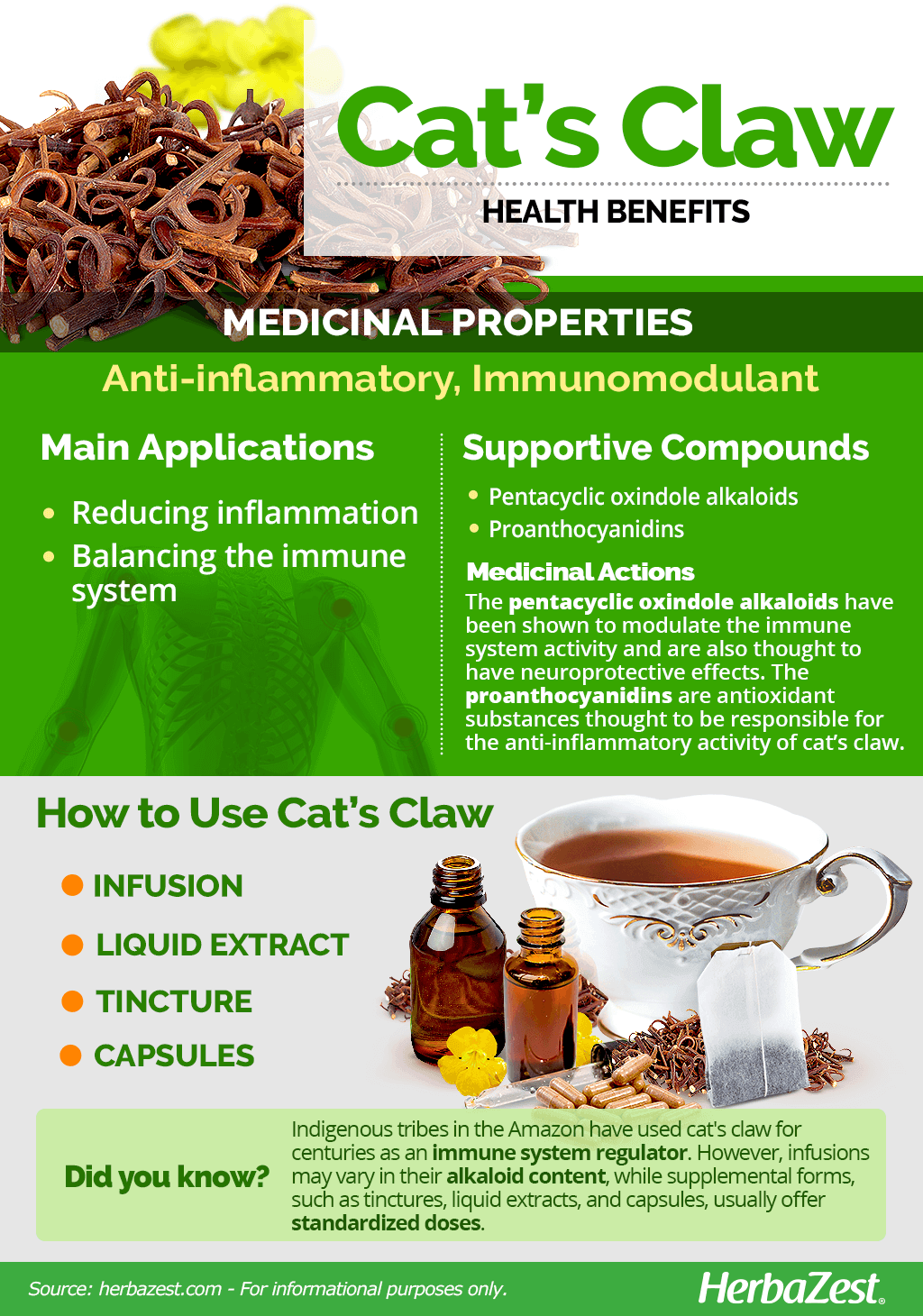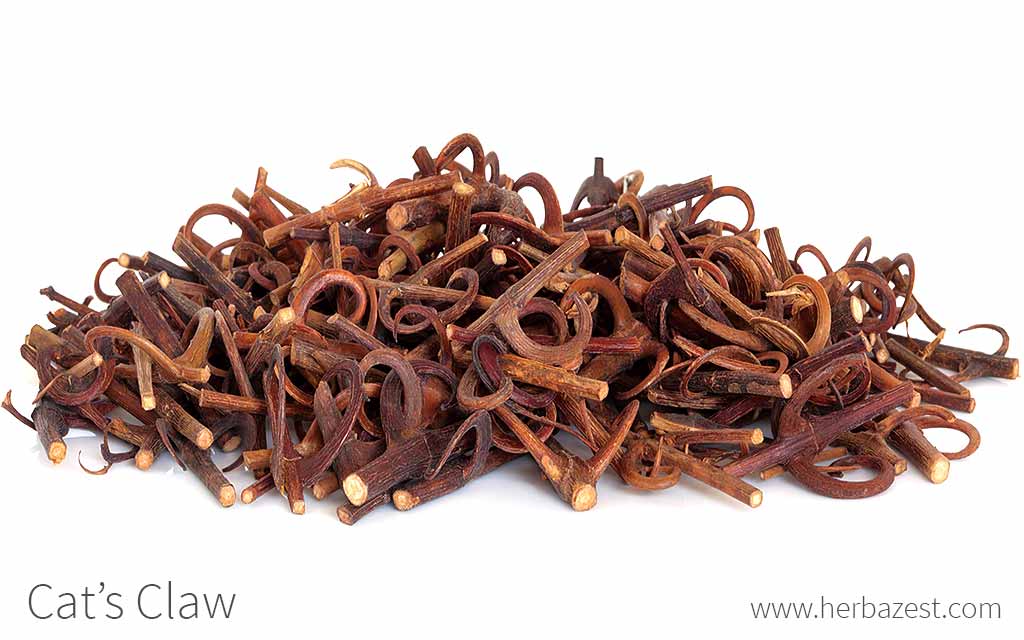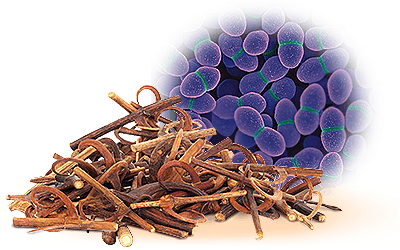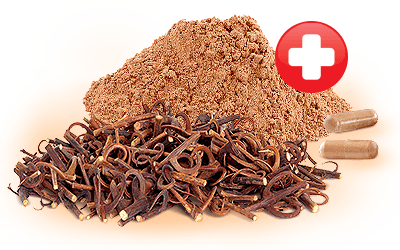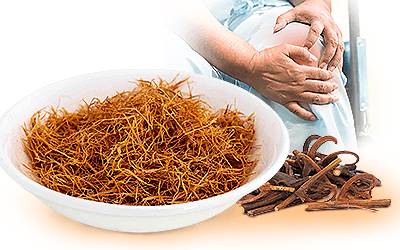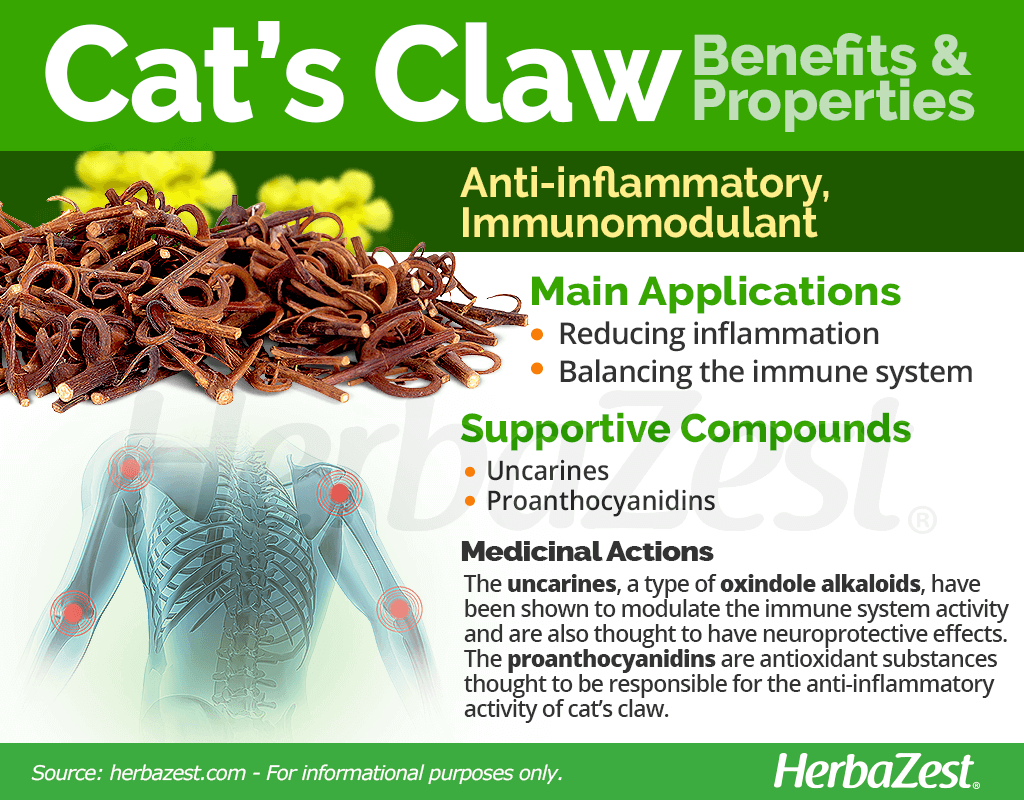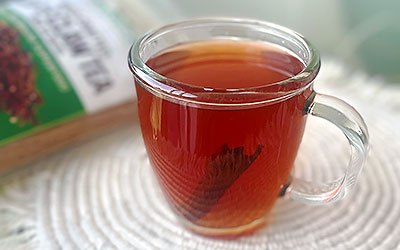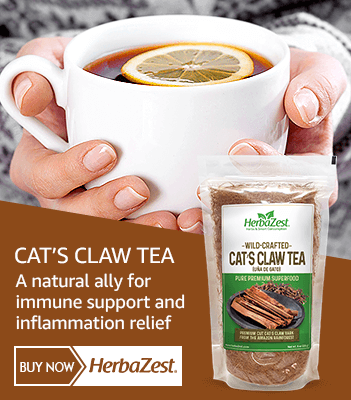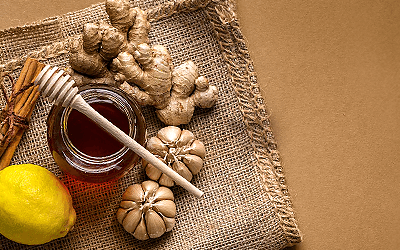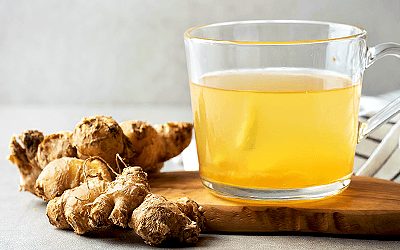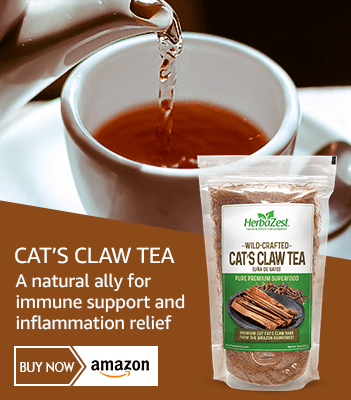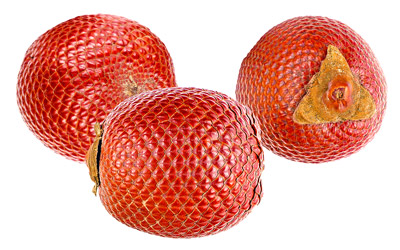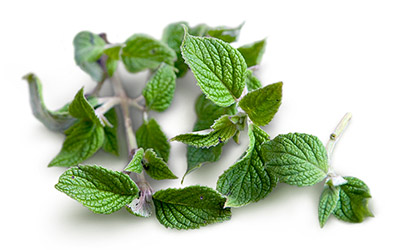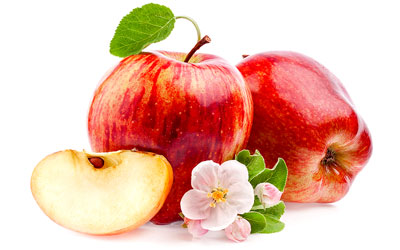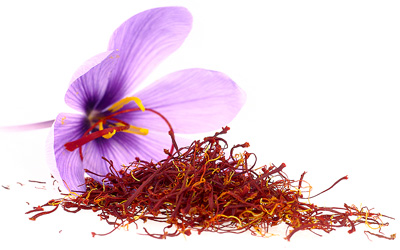The cat's claw vine is native to South America and grows mainly in tropical and subtropical areas of Bolivia and Peru, were Amazonian tribes have utilized it for millennia to treat serious and mild diseases alike. However, it wasn't until the 1970's that cat's claw was discovered by the Western world, and its medicinal actions still under investigation.
Cat's Claw Medicinal Properties
- Medicinal action Anti-inflammatory, Immunomodulant
- Key constituents Uncarines, proanthocyanidins
- Ways to use Capsules, Hot infusions/tisanes, Liquid extracts, Tincture
- Medicinal rating (3) Reasonably useful plant
- Safety ranking Safety undetermined
Health Benefits of Cat's Claw
Cat's claw's properties include anti-inflammatory, neuroprotective, antioxidant, and immunomodulatory actions, which have been used in traditional Amazonian medicine for centuries. Modern scientific studies have validated some of these applications. Cat's claw's benefits have been shown effective for:
Reducing inflammation. The herb has been traditionally used to alleviate a number of inflammatory ailments. Studies have shown that cat's claw can alleviate symptoms of osteoarthritis.1
Supporting the immune system. Thanks to its richness in medicinal compounds, cat's claw may enhance immune function, shielding the body against harmful microorganisms.2
While traditionally used for treating a variety of health conditions, some medicinal applications of cat's claw require further research. However, preliminary studies suggests that cat's claw may be useful for:
Treating dengue fever. Cat's claw's immunoprotective effects may help fight this tropical disease as well as other viral infections.
Repairing skin damage. Thanks to its antioxidants and other supporting compounds, it has been shown that cat's claw may prevent cell damage from UV radiation.3
Preventing degenerative diseases. The alkaloids contained in cat's claw bark are thought to be responsible for the herb's beneficial effect on memory impairment, helping prevent the onset of dementia and Parkinson's disease.
Eliminating bacteria. Cat's claw's antimicrobial properties have been found useful in root canal treatments and other bacterial infections.4
How It Works
Recent research into the mechanisms behind cat's claw's health benefits has revealed several potent phytocompounds, mainly uncarines, a type of oxindole alkaloids, which have been shown to modulate the immune response and exert neuroprotective effects. Proanthocyanidins, a class of antioxidants, as well as phenolic acids are believed to be behind cat's claw's anti-inflammatory properties.
Anti-inflammatory properties are also present in devil's claw, dog rose, nettle, sweet birch, and turmeric, whereas broccoli, cherry, cabbage, echinacea, and the tea plant have the ability to enhance and protect immunity.
Cat's Claw Side Effects
While cat's claw toxicity has not been extensively studied, it appears to have few side effects. Some people have reported nausea, dizziness, and diarrhea while taking cat's claw. These side effects go away in many people after their body gets used to the herb.
Cautions
Though cat's claw appears to be generally safe, moderation should be exercised, and women who are pregnant or breastfeeding should avoid it. People with chronic health conditions, such as autoimmune diseases, skin grafts, kidney or liver disease, tuberculosis, leukemia, or low blood pressure, should refrain from taking this herb.
Cat's claw bark may interact with some prescribed drugs, such as immunosuppressants, blood thinners, diuretics, and blood pressure medications.
How to Consume Cat's Claw
- Taste Bitter
The growing interest in cat's claw's health benefits reflects in the increasing variety of herbal preparations that have become available. Due to its bitter flavor, the uses of cat's claw are strictly medicinal.
Natural Forms
Infusion. Once it is dried, cat's claw bark can be brewed; however, because the phytonutrient content of the plant can vary depending on when it is harvested, infusions may vary in their alkaloid content.
Herbal Remedies & Supplements
Tinctures and liquid extracts. Alcohol- and water-based extracts of cat's claw are the preparations most widely used in scientific studies. These extracts are typically standardized to contain 3% alkaloids and 15% phenols.
Capsules. Cat's claw capsules usually come in practical, standardized doses; however, the concentration of bioactive compounds may vary depending on the brand.
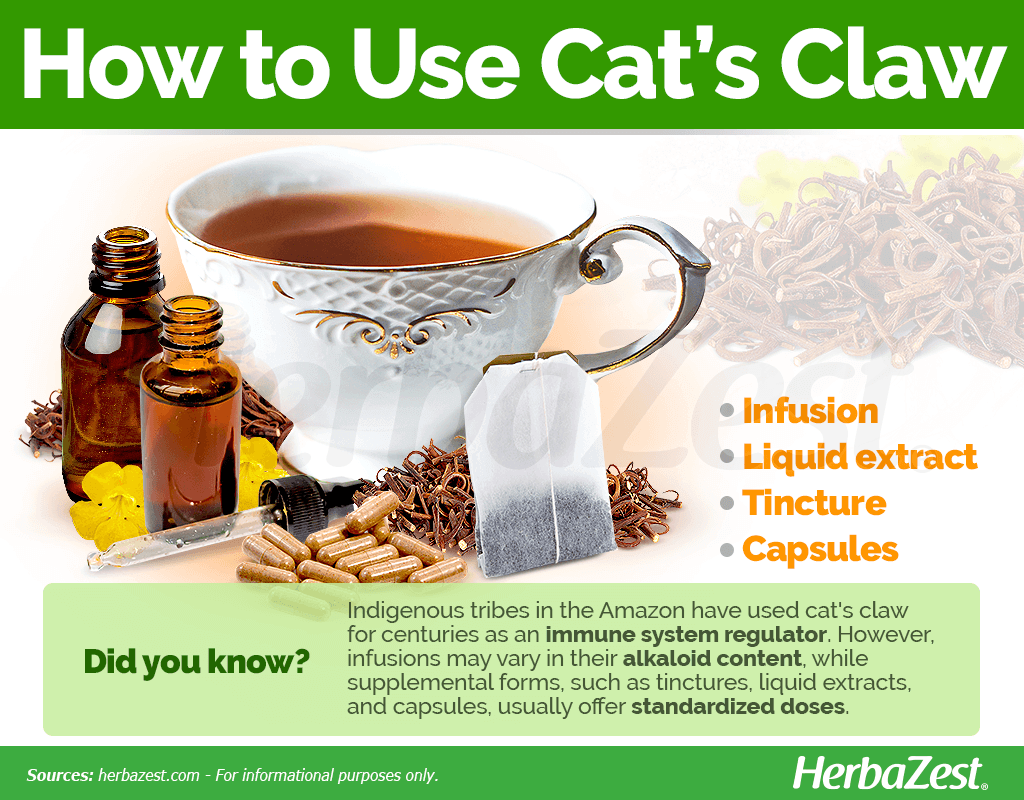
Growing
- Life cycle Perennial
- Harvested parts Bark
- Light requirements Partial shade
- Soil pH 5.6 – 6.0 (Moderately acidic)
- Growing habitat Tropical rainforests
The cat's claw vine (Uncaria tomentosa) is a woody perennial not frequently grown outside of its native environment, in the tropical and subtropical areas of Peru and Bolivia. In order to increase the chances of growing cat's claw successfully, some conditions are necessary.
Growing Guidelines
The cat's claw plant prefers high humidity and temperatures between 77 - 95°F (25 - 35°C)
Heavy precipitation, ranging from 60 - 160 inches (1,500 - 4,000 mm) each year, also plays a vital role in the development of cat's claw.
Soil drainage is not an issue, as the plant can withstand several days of flood conditions, but a nutrient rich area is recommended.
Cat's claw also requires partial to full shade in order to properly mimic the conditions found in the wild.
The cat's claw plant prefers the acidic soils that are typical of its tropical native region.
The roots of Uncaria tomentosa are no longer harvested in order to protect the species from extinction; however, cat's claw bark is generally stripped from wild vines for export after three years of growth.
Like with all other creeping vines, growing cat's claw should be done in association with trees to act like trainers; otherwise, artificial support should be used in order to train this plant.
It is best to develop cat's claw cultivation as part of an agroforestry system - for example, associating it with timber - instead of attempting to force it in a conventional field.
Additional Information
- Other uses Cosmetics
Plant Biology
Cat's claw is a climbing vine that can grow up to 100 feet (30 m), with stems that feature sharply-hooked thorns and flowering stalks that act as tendrils. Cat's claw flowers can range in color from cream to bright yellow, and simple, grooved leaves grow in opposite pairs.
Classification
Cat's claw (Uncaria tomentosa) is a member of Rubiaceae family, which comprises about 13,000 species, including coffee (Coffea arabica), cleavers (Galium aparine), quinine (Cinchona officinalis), partridge berry (Mitchella repens), and Noni (Morinda citrifolia).
Related Species
Since Uncaria tomentosa is traditionally not cultivated, but rather harvested in the wild, no subspecies, varieties, or cultivars have been identified or developed yet. The Uncaria genus covers 40 different species around the world, many of which are locally referred to as "cat's claw." Uncaria tomentosa shares its popularity with close relatives, namely Uncaria gambir and Uncaria guianensis, which are also used for cosmetic and medicinal purposes.
Historical Information
The Ashaninka and other indigenous Amazonian tribes have used cat's claw for centuries as an immune system regulator, as well as for treating serious and mild diseases alike. However, despite its natural prevalence, the herb was not discovered by the Western world until the 1970s, when ethnologist Klaus Keplinger documented its potential applications. His work over the following two decades led to a significant demand for cat's claw throughout Europe and, by the 1990s, the United States had also recognized its healing powers.
Economic Data
The economic importance of cat's claw lies in its healing properties. Initially, cat's claw supplements were manufactured from the roots of Uncaria tomentosa. However, as the herb grew in popularity, government regulations in Peru - its top producing country - banned the direct harvest of cat's claw roots to prevent it from becoming an endangered species.
Cat's claw bark has been shown to contain the same beneficial qualities as the roots, and indirect harvest remains alive and well. In 2000, Peru exported almost 96 tons to the United States alone and generated $178,000 USD. Now, as resources become restricted, cat's claw prices have skyrocketed: in 2008, the powdered bark cost $9.50 USD per kilogram.
Other Uses of Cat's Claw
Skin care. Cat's claw's antioxidant, antimicrobial, and astringent properties have been linked to anti-aging effects. Extracts containing the alkaloids and phenolic acids of Uncaria species are used to produce skincare products, such as lotions and creams.
Sources
- Anticancer Research, The antiproliferative effects of Uncaria tomentosa extracts and fractions on the growth of breast cancer cell line, 2001
- Brazilian Oral Research, Antimicrobial activity of Uncaria tomentosa against oral human pathogens, 2007
- International Trade Centre, The North American Market for Natural Products: Prospects for Andean and African Products
- Skin Care and Cosmetic Ingredients Dictionary, p. 308
- TED Case Studies, Cat's Claw: Possibilities for a Peruvian Geographic Indicator
- Encyclopedia of Herbal Medicine, p. 280
- FAOSTAT, NWFP-Digest-L: Non-Wood Forest Products
- American Cancer Society, Cat's Claw
- Medicinal Plants of the World, p. 330
- International Immunopharmacology, Immunomodulating and antiviral activities of Uncaria tomentosa on human monocytes infected with Dengue Virus-2, 2008
- University of Maryland Medical Center, Cat's claw
- Phytochemistry, Ethnobotany, phytochemistry and pharmacology of Uncaria (Rubiaceae), 2005 ; DNA repair enhancement of aqueous extracts of Uncaria tomentosa in a human volunteer study, 2001
Footnotes:
- Inflammation Research. (2001). Efficacy and safety of freeze-dried cat's claw in osteoarthritis of the knee: mechanisms of action of the species Uncaria guianensis. Retrieved June 30, 2022 from https://pubmed.ncbi.nlm.nih.gov/11603848/
- Phytomedicine. (2001). Persistent response to pneumococcal vaccine in individuals supplemented with a novel water soluble extract of Uncaria tomentosa, C-Med-100®. Retrieved June 30, 2022 from https://pubmed.ncbi.nlm.nih.gov/11515716/
- Brazilian Oral Research. (2016). Antimicrobial activity and substantivity of Uncaria tomentosa in infected root canal dentin. Retrieved June 30, 2022 from https://www.scielo.br/j/bor/a/bPrYcRyQy77Vcf765pWQL3L/?lang=en
- Free Radical Biology and Medicine. (2000). Cat's claw inhibits TNFalpha production and scavenges free radicals: Role in cytoprotection. Retrieved June 30, 2022 from https://pubmed.ncbi.nlm.nih.gov/10962207/
